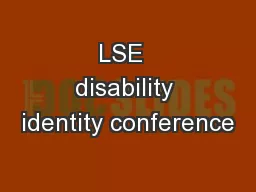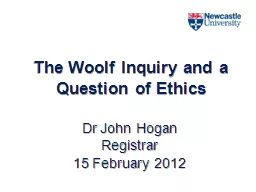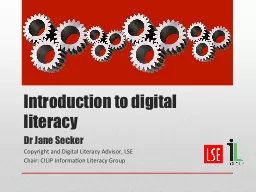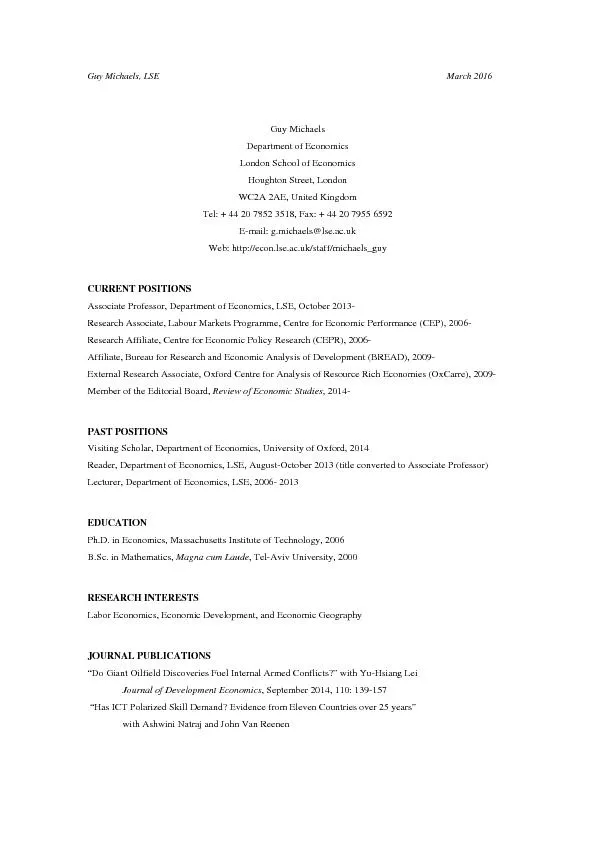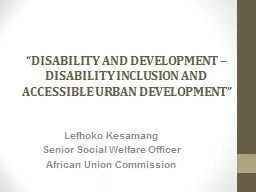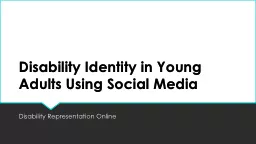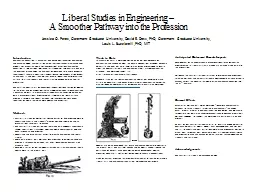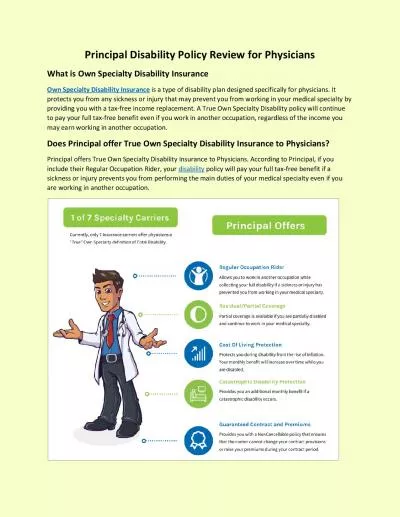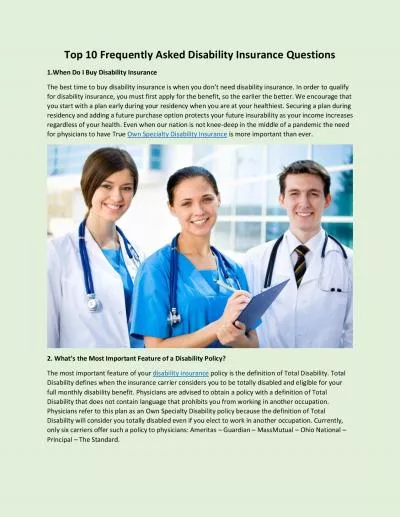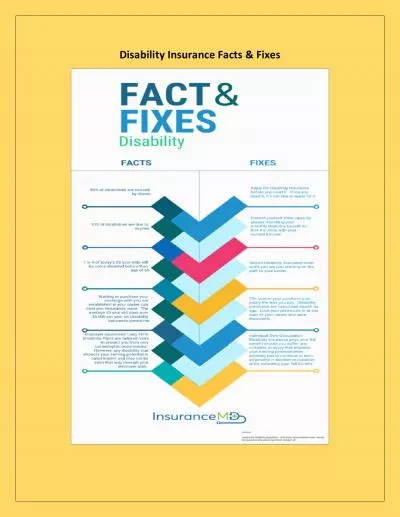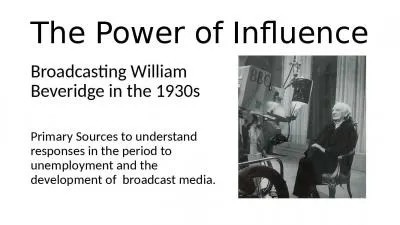PPT-LSE disability identity conference
Author : olivia-moreira | Published Date : 2018-03-17
disability is rarely celebrated as an aspect of diversity and stereotyping is common impairment and disability are not automatic bedfellows The Equality Act 2010
Presentation Embed Code
Download Presentation
Download Presentation The PPT/PDF document "LSE disability identity conference" is the property of its rightful owner. Permission is granted to download and print the materials on this website for personal, non-commercial use only, and to display it on your personal computer provided you do not modify the materials and that you retain all copyright notices contained in the materials. By downloading content from our website, you accept the terms of this agreement.
LSE disability identity conference: Transcript
Download Rules Of Document
"LSE disability identity conference"The content belongs to its owner. You may download and print it for personal use, without modification, and keep all copyright notices. By downloading, you agree to these terms.
Related Documents

